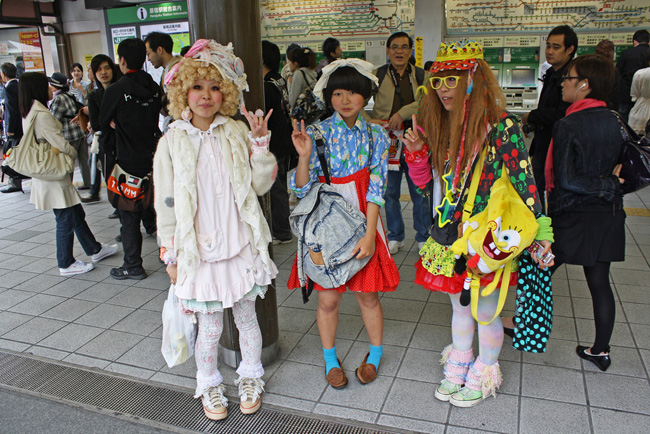A couple months back, we already talked about how different the Japanese Christmas is. Now it’s time to take a look at another holiday that’s isn’t quite the same in Japan: Valentine’s Day.
As with all Western holidays that have made their way over to Japan, almost all of the changes and “traditions” have been created by commercial organizations, looking to build swimming pools of 500 yen coins. In fact, only during one week before Valentine’s Day, chocolate companies make half of their annual sales. That’s a lot of money, and a lot of chocolate.
Then again, in America (and other places too), we give a lot of chocolate as well. So, what makes Japan different?
Only Girls Give Chocolate

Back in the 1950’s, a company advertised Valentine’s Day chocolates to non-Japanese living in Japan at the time. Then, Japanese companies wanted to get on board too, and started advertising Valentine’s Day chocolates as well. During this period there was quite a bit of “Westernization” where people wanted to adopt more Western / American traditions. Because of this, Valentine’s Day in Japan did fairly well.
But there was one problem…
It seems that at some point someone messed up a translation and ended up telling the Japanese people that Valentine’s Day was an opportunity for women to express their love to men. Because of this, even to this day it’s mostly women giving chocolates to men (don’t worry, men get their turn too, eventually).
Giri-Chocolate, Honmei-Chocolate, and Tomo-Chocolate
It gets more complicated, though. Because it’s not nice to make people feel left out on Valentine’s day (especially in, say, the office), there are different kinds of chocolates girls give out now, depending on who they’re giving it to.
Giri-Chocolate (義理チョコ)
Giri-Chocolate means “obligatory chocolate.” This kind of chocolate refers to the chocolate you have to give to people (who aren’t really people you love). These could be people like bosses, coworkers, male friends, etc. Even sadder still, there’s also something called “Cho-Giri-Chocolate” (Ultra-obligatory-chocolate), which is given to unpopular people you really don’t want to give chocolates to.
In order to tell these chocolates apart from other (less obligatory) chocolates, these chocolates tend to be pretty run-of-the-mill, and not super expensive. Things don’t start getting crazy until we get to Honmei-Chocolates.
Honmei-Chocolate (本命チョコ)
Honmei-Chocolate means “favorite chocolate.” This kind of chocolate is the kind of chocolate you give to the one you want to express your love to. These chocolates tend to be more expensive or possibly even home made. Basically, it has to be obvious that these are honmei and not giri, so they have to be on a completely different level (Way to go Chocolate companies! Ka-Ching! ¥¥¥¥).
Tomo-Chocolate (友チョコ)
Tomo-choco just means “friend chocolates,” and refers to chocolates you give to your female friends (as a female). Simple as that.
Getting The Guys To Give

Guys don’t give anything on Valentine’s Day in Japan, but they do have their own day one month later where they’re expected to return the favor. That day is known as “White Day” (or, if you’re old enough to remember, “Marshmallow Day”), and it also sounds pretty expensive.
To learn about that, though, you’ll have to wait for a month. On March 14 I’ll post something up about White Day as well, so you’ll have to wait until then! :)
Everyone enjoy their Valentine’s Day… and to all you girls out there: I’m waiting for my cho-giri-choco from you.
